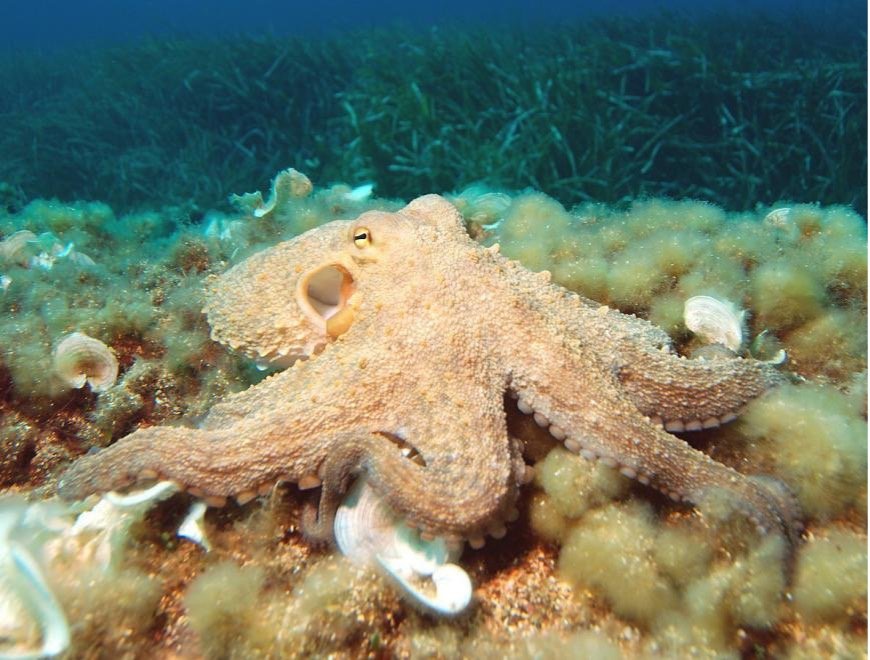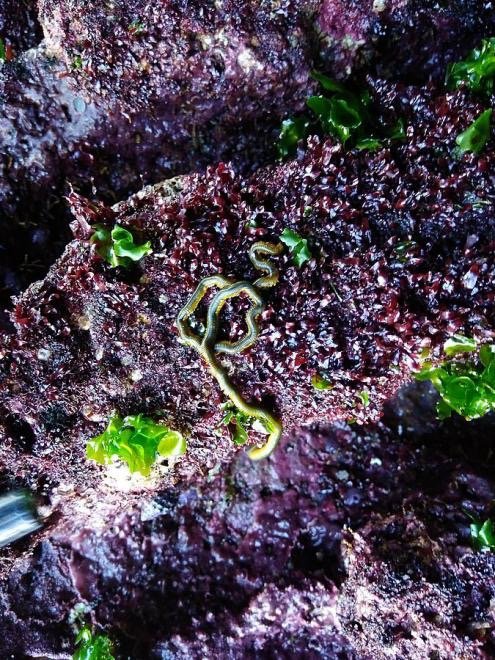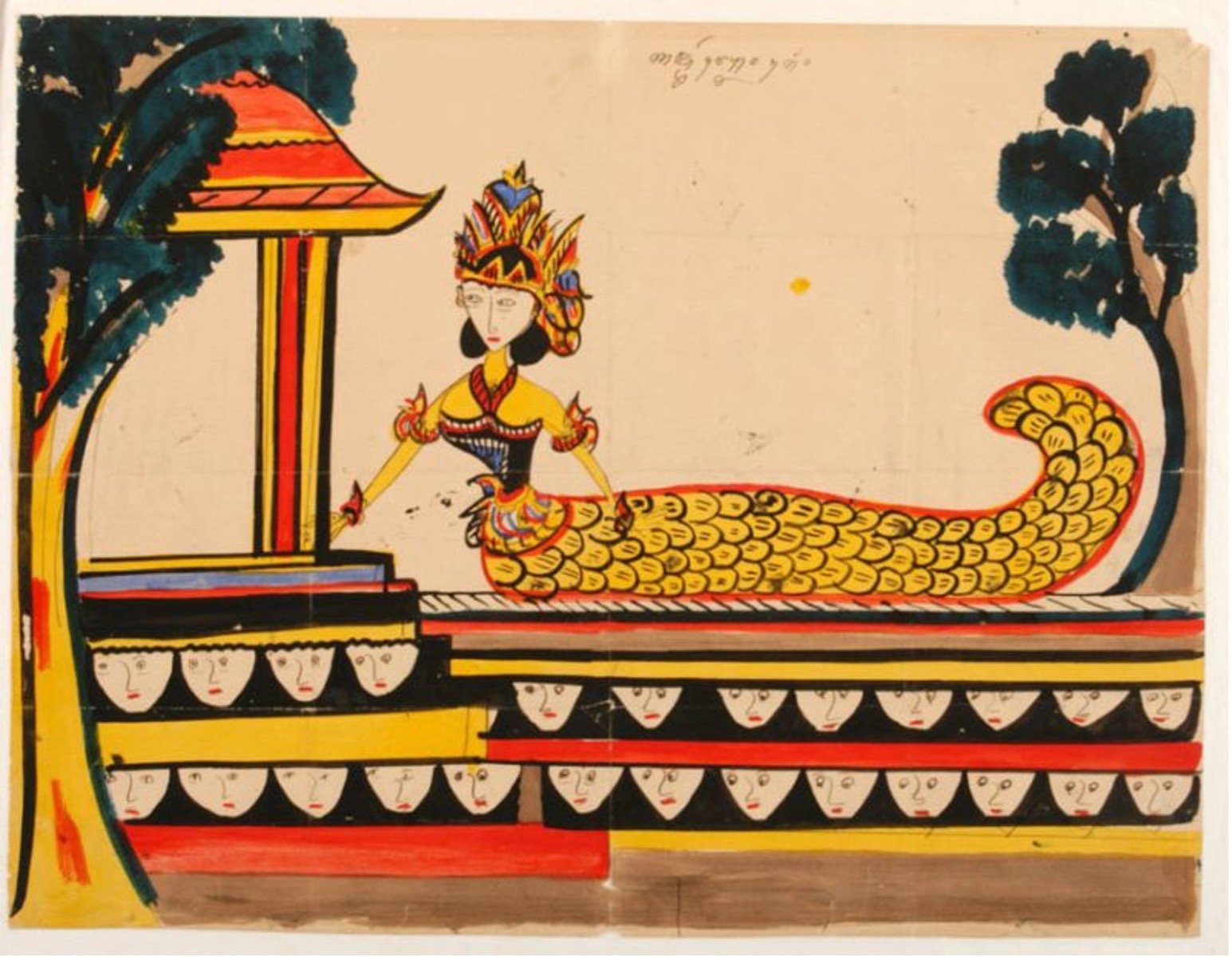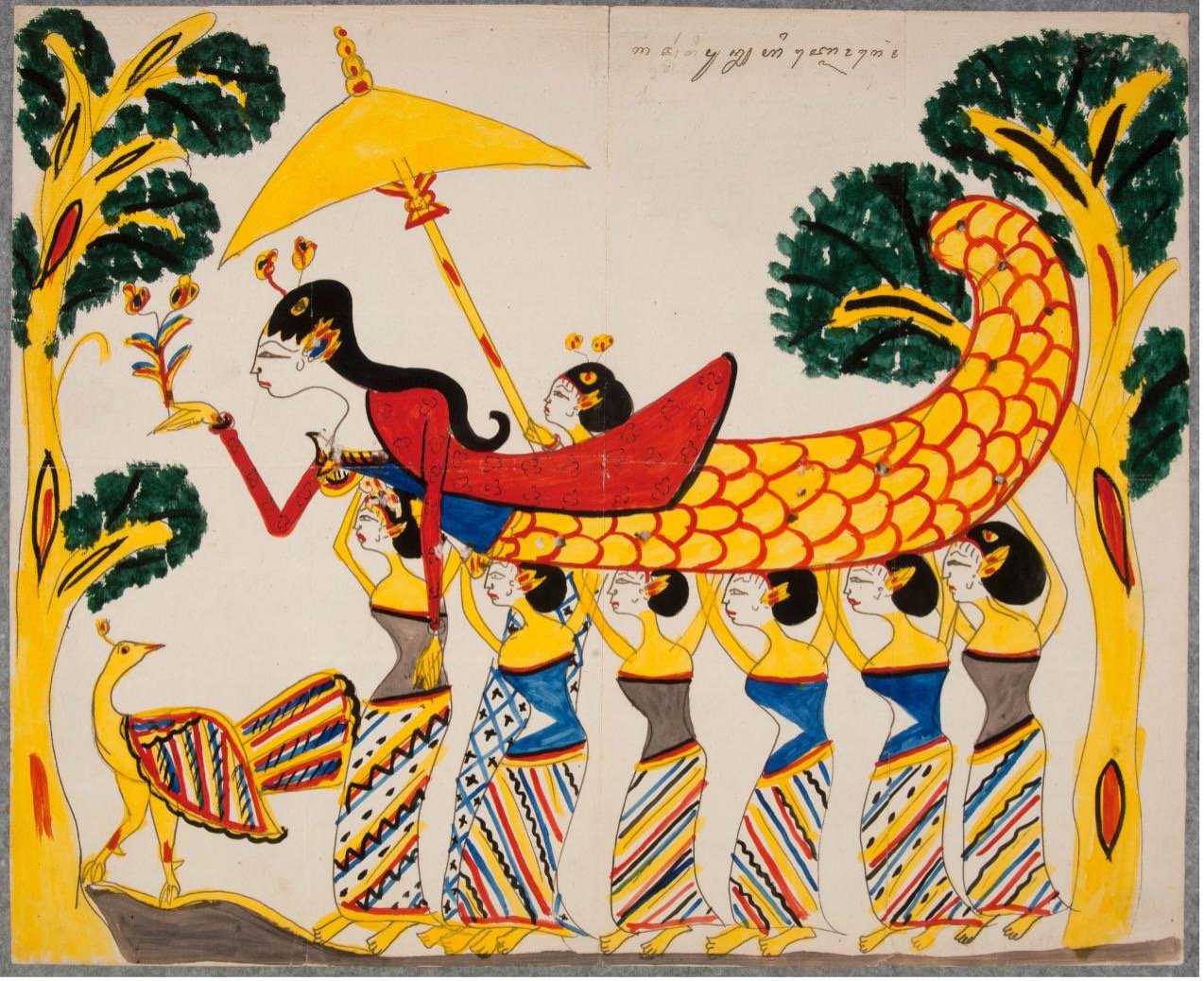Ecolinguistics: Indonesian Folklore on Divine Marine Animals
Ika NURHAYANI
Head of the Linguistics Graduate Program, Faculty of Cultural Studies, University of Brawijaya
Ecolinguistics investigates whether a discourse contributes to environmental preservation or to environmental damage. This is done by looking at the patterns of language in a discourse. Ecolinguistics criticizes language patterns that lead to environmental damage and disseminates those that lead to environmental preservation.
This paper discusses three folk tales containing messages of environmental preservation that feature divine marine animals in the form of a human-snake hybrid, sea worms, and an octopus: Nyi Blorong, Princess Mandalika and The Sea Octopus Sarina.
Nyi Blorong tells about a Javanese princess who was ousted from the palace by a plot from her political opponents. She exiled herself to the Southern Sea of Java (the Indian Ocean). Legend has it that she became the daughter of the Queen of the Southern Sea and became a hybrid of a human and a golden scaled snake guarding the Indian Ocean. Nowadays, wealth seekers present offerings to Nyi Blorong in the hope of becoming rich and prosperous.
Princess Mandalika depicts the story of a princess of extraordinary beauty who charmed the princes of neighboring kingdoms on the island of Lombok, Indonesia. The princes competed to ask for her hand in marriage. However, the princess’ parents were apprehensive of provoking wars with other kingdoms if they chose a particular prince. To save her kingdom and her parents, the princess sacrificed herself by jumping from a cliff into the sea. She vanished, and from the sea emerged new creatures in the shape of long worms. They were abundant and people discovered that they were tasty and nutritious. They called the animals nyale. Today nyales appear once a year in Lombok, Indonesia, and an annual festival is held to catch and cook them.
On the other hand, the Sea Octopus Sarina tells about a princess cursed and turning into a sea octopus in Nunusaku, Moluccas, Indonesia. The octopus was highly revered and was considered the ruler of the Moluccas sea. The octopus would protect Moluccas from outsider attacks by conjuring strong winds and waves on the enemy’s ships. It was also believed that the octopus led all sea animals around Moluccas and instructed the animals to preserve the sea.
The three stories contain discourses that support the preservation of the marine environment. This is indicated by the use of theme or diction that leads to respect for the sea and marine animals: (1) incarnations of royal princesses and respectable women into divine marine animals, (2) divine marine animals becoming strong and benevolent guardians of the sea; and (3) the animals contributing to the wellbeing of human and marine life. Respect for the sea and marine animals has a positive effect on human treatment of the sea.
Indonesian folklore about marine animals also presents ecofeminism. The female protagonists in folklore play a significant role by turning into divine marine animals and building an environmentally aware society.
Keywords: ecolinguistics; Indonesian folklore; divine marine animals; ecofeminism; environmental preservation
***
Dr. Ika Nurhayani is an assistant professor at the Master’s Study Program in Linguistics at the University of Brawijaya, East Java, Indonesia. Her research interests are Austronesian languages, and interdisciplinary linguistics which combines descriptive linguistics with other social sciences and humanities.




